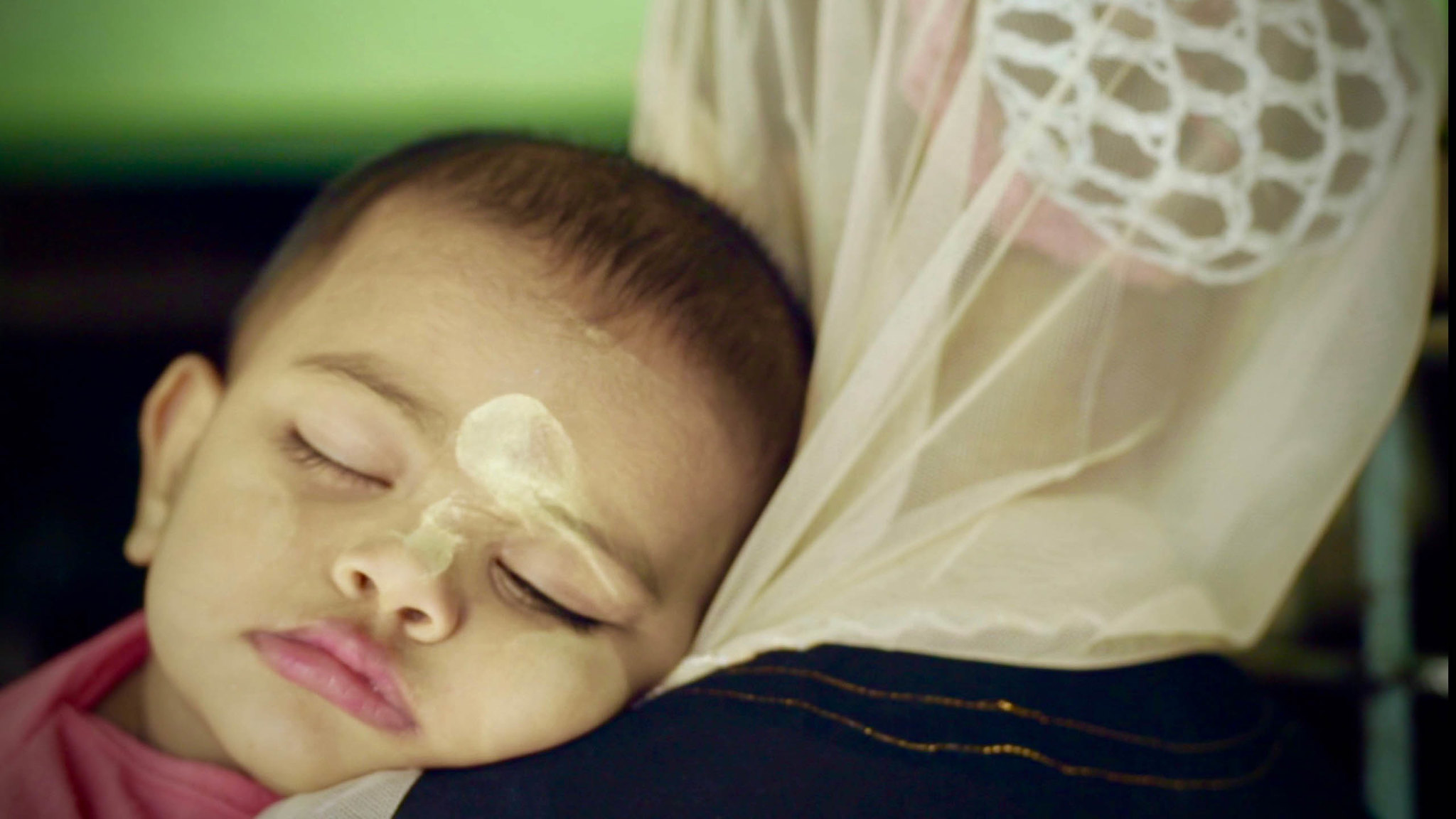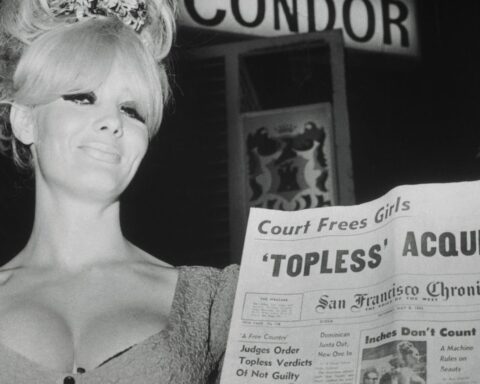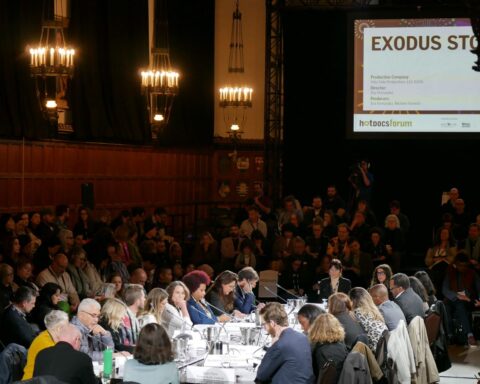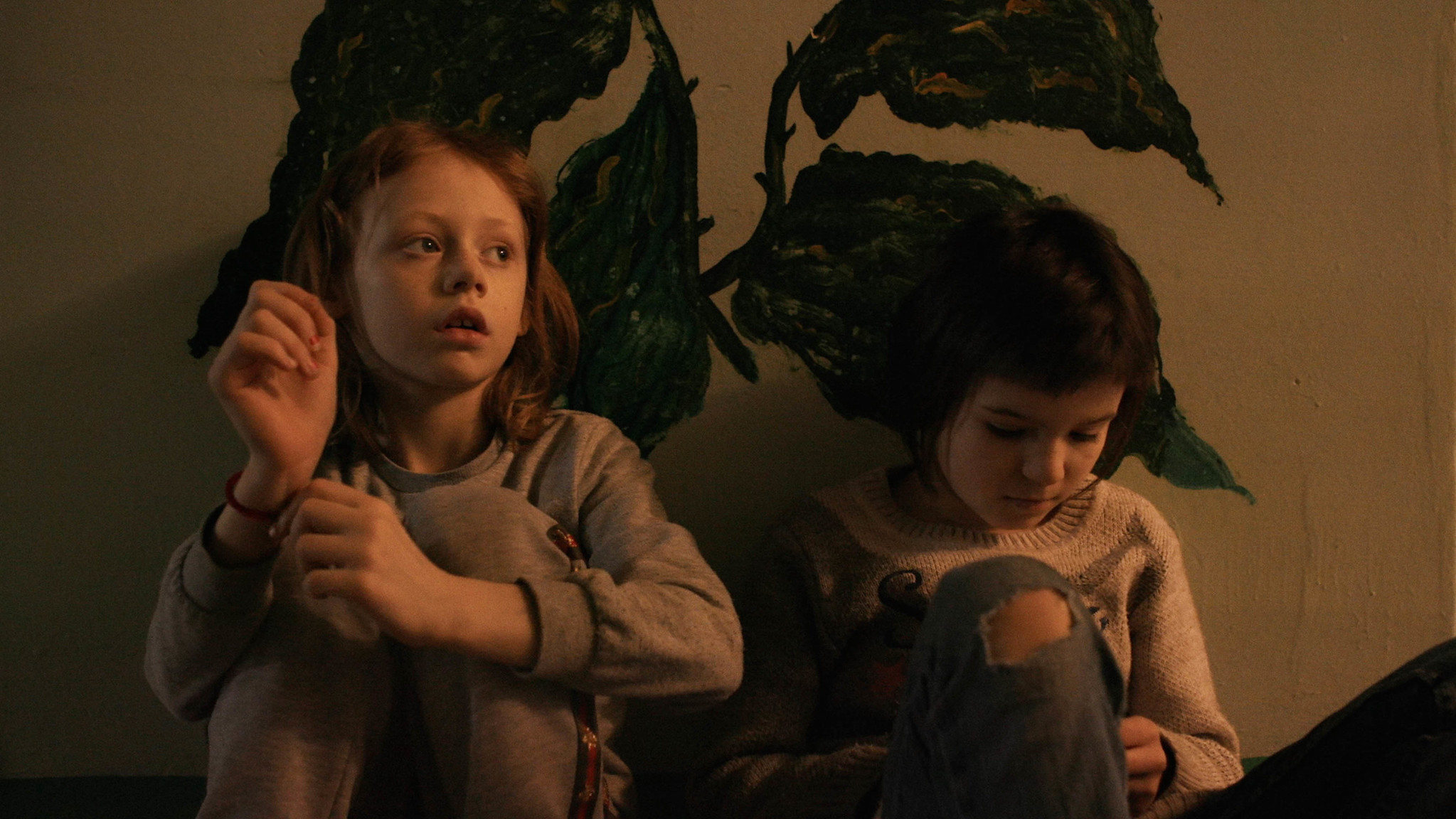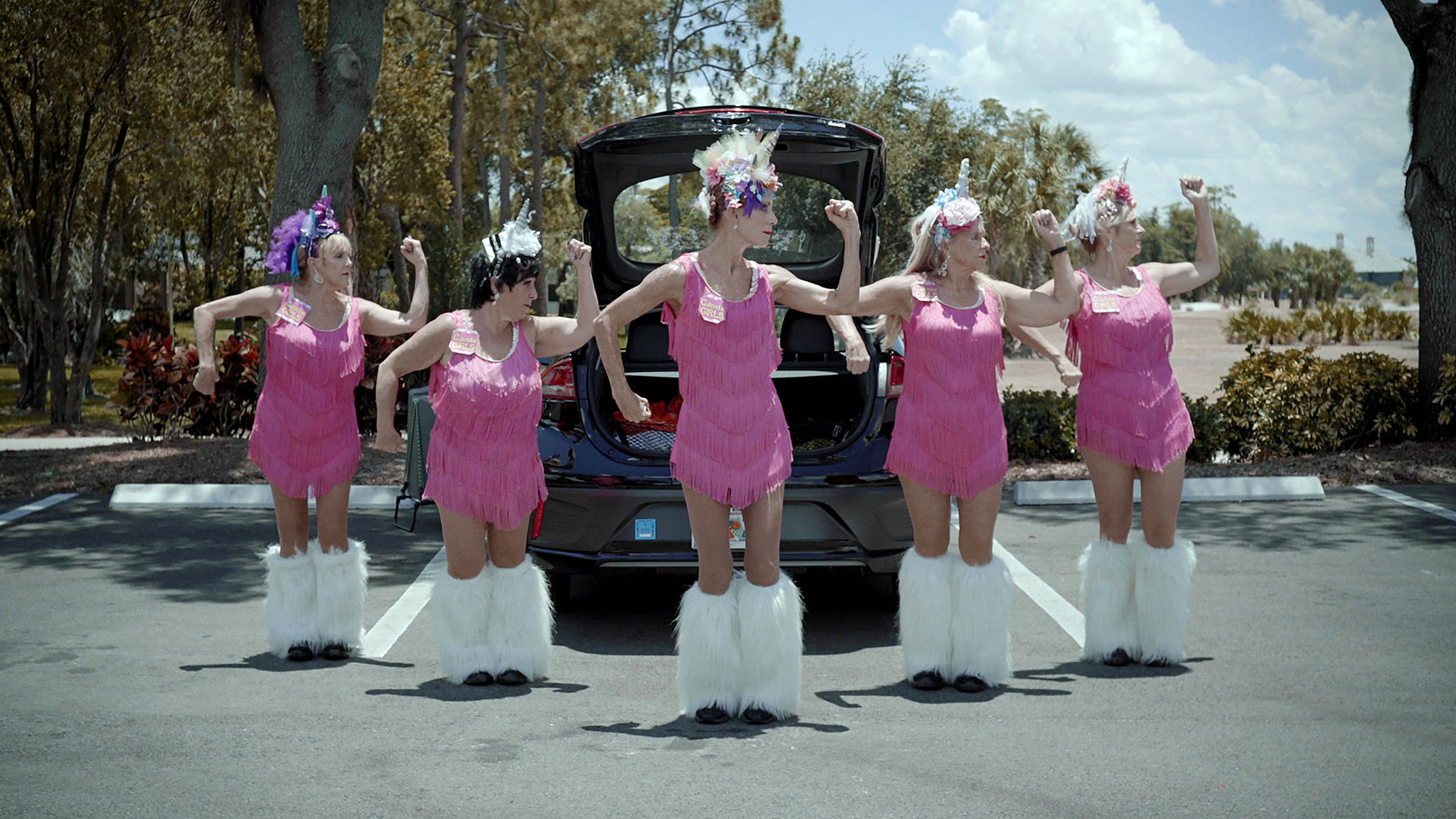Two women bridge cultural and religious divides amid turbulent times in Midwives. This film directed by Snow Hnin Ei Hlaing, premiering among the World Cinema Documentary Competition at the 2022 Sundance Film Festival, is a deft character study years in the making. Midwives takes audiences to a small village in the Rakhine State of Myanmar where Hla, a Buddhist, runs a makeshift clinic. Her apprentice is Nyo Nyo, a Muslim and a young member of the Rohingya minority facing persecution in the nation.
This international co-production, which credits Montreal’s EyeSteelFilm among its producers, observes how people from different backgrounds and faiths can come together in divisive times. The camera observes intimately as Hla takes risks and offers one of few outlets for medical care to Muslim women in her village and teaches the younger Nyo Nyo how to treat the expecting mothers and deliver babies. Children are symbols of the future in Midwives, yet as the women work together, the film sees the longstanding cultural attitudes that need to be confronted even as Hla and Nyo Nyo succeed as a team. The elder Hla frequent lapses into mean and demeaning racist language when treating Muslim women or asserting her authority over Nyo Nyo. She’s rough with some babies, particularly those with darker skin.
By weaving painful moments amid instances of joy and progress between the two women, Midwives offers a snapshot of Myanmar’s complicated political situation on levels both macro and micro. Midwives is an intimate ode to women and the strength of sisterhood, in all its complexities.
POV spoke with Midwives director Snow Hnin Ei Hlaing and producer/editor Mila Aung-Thwin ahead of the film’s premiere at Sundance.
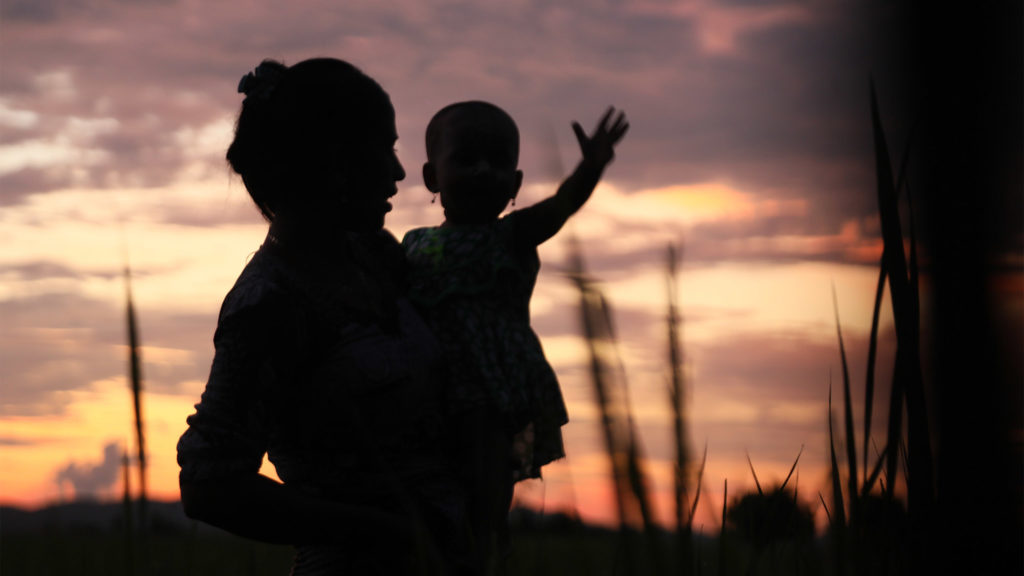
POV: Pat Mullen
SH: Snow Hnin Ei Hlaing
MA: Mila Aung-Thwin
This interview has been edited for brevity and clarity.
POV: How did you first learn of the clinic with Hla and Nyo Nyo?
SH: Before I started making this documentary, I didn’t know anything about Hla and Nyo Nyo. My concern was about the Rohingya conflict in my country. I come from Rakhine State in the western part of Myanmar. The Buddhist and Muslim communities have been fighting a lot. Muslim people had to leave the Rakhine State and a lot of different news was coming from other countries, but even in my country, I didn’t know what was really happening.
I wanted to understand the situation as a filmmaker and start with a good story. Also, as a female filmmaker, I wanted to have two protagonists. I had a script in my mind with two women. I thought they should be midwives, one Buddhist and one Muslim, working together in the village. I didn’t know which village. I have a relative in that area, so I contacted my auntie about my idea. She said to come to the state and we could search for two midwives together.
POV: Mila, what were your first impressions of the midwives? I remember reading in the article that Liam Lacey wrote for Softie that your first impression of Softie wasn’t entirely favorable, but that sentiment really helped shape the film. How was it in this case?
MA: It was very different because I was in Myanmar and Snow and I were teaching a course together. That’s how we met. I had the idea in my head to make a film on the Rohingya in a town. I met Snow and she was basically already making the same film, but with a much deeper understanding and had found two amazing characters. I saw the dynamics playing out between them and said that’ll be the tension in the film.
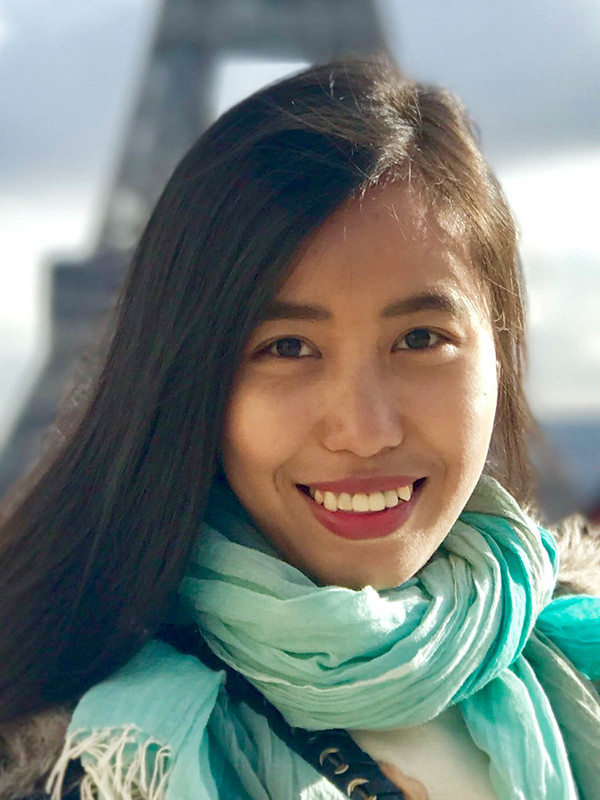
SH: That was also good timing for me. I started Midwives for two years by myself, but I needed to get support. Before I met Mila, I presented my film at Doc by the Sea, a Southeast Asian film pitching session, but because I was a first-time filmmaker and the Myanmar political situation and the Rohingya issue are so complex, I didn’t know how to continue without support from so many people. It’s now been five years on this journey.
POV: I first heard of this project when it won the Hot Docs Forum in 2019. What was the response from the industry there and did that shape the film?
SH: At Doc by the Sea, I met commissioning editors and film festival directors, and they all came to Bali, so, somehow they already knew about my story. After that pitching session, I met Mila and then had another pitching session in Korea for Southeast Asian filmmakers and Korean filmmakers. That time, I pitched with Bob [Moore]. A lot of people in Korea were people I met at the pitching session in Bali—they are always traveling and listening to the stories from Asian countries. Hot Docs with Mila was our third time pitching together to some of the same people and the story had developed.
MA: The way that I really get into a film is to go through the footage. My process is always to ask if I can turn footage into a five-minute pitch video that I can understand and could pitch even if Snow is there or not. If I can make a pitch demo, then I could probably make a full film. As soon as we worked on the first one, we used it to apply to Hot Docs and we applied to Gucci Tribeca Documentary Fund, and we got into both of those. The demo was enough to whet people’s appetites and to apply for other pitch forums and funds. It wasn’t long after that we applied to the Sundance Institute.
The process of continually making your pitch demo better is really the process of understanding the film—for me as an editor, more than for Snow because Snow knew her film. We worked together to give it a narrative with me asking questions so that I understood why she filmed something. She always had the answers, but it wasn’t always clear on the surface. Getting ready for pitch concepts, you’re trying to anticipate everyone’s questions and you see how all the elements of your film are there, but they’re hidden.
POV: What were the challenges of dealing with such a complex backdrop for such an intimate story?
SH: For me as an Asian filmmaker, I understand the politics of my country, my project, and my film, but this film is not only for people in Myanmar. This film for international audiences, so having Mila as an editor and producer helped get an international perspective.
MA: What was tough about the subject matter is that it the Rohingya debate within Myanmar was very different from the debate going on in the rest of the world. It was highly politicized. There were misleading videos circulating on Facebook—Facebook is being sued right now for how misleading and damaging the videos they allowed to circulate were in the aiding of a genocide. Everybody I knew in Myanmar was having an advanced corrosive debate and everybody outside of Myanmar who knew the subject matter took it as a different black and white issue.
In Myanmar, different ethnic groups had a complex multi-decade fight that was escalating and escalating. For the West, it was like, “Send in the UN and just stop these bad guys.” I think people hated the naïve take of the Western media, but Snow was trying to show how what was going on in Burmese media wasn’t any more true. Not all the sides understand the debate because they’re using a very superficial lens. Snow decided to make a time-based film that showed the emotional nuances, which you don’t get in Facebook videos or BBC news clips.
POV: Were you in Myanmar during the coup?
MA: Snow was. Snow had to smuggle her footage out and escape the coup. It was a tense time, but she also had to film the final scenes during COVID after the coup.
SH: Two months after the coup, I went back to Rakhine State. It really surprised me. Since three years, Myanmar military and the Rakhine ethnic army were fighting a lot, so I always had to worry if they might see me or my equipment. After the coup, they stopped fighting, so that was a good time for me to go back to Rakhine State. I felt very safe. It was a peaceful time.
POV: There’s another great character in the film, too, which is Hla’s mother. One of the longest scenes in the film comes when she really opens up to you after Nyo Nyo treats her and she tells you not to get married. Then, in the edit, it returns to that scene as Hla’s watching the footage and the mother talks about how she had a difficult relationship with her daughters. What struck you about that conversation with the mother?
MA: I don’t think Snow ever expected to use those scenes completely. There were things that I found and I had to ask her to translate for me because I found something compelling about what the woman is saying. I didn’t understand who she was, but then realized that it’s the mom. When it came back later, that was Snow showing the footage to Hla and getting a reaction. The film is about women and generations of women and mentorship, so even though it was a bit of a digression, that scene pointed to the emotional core of the movie.
POV: How was it watching that footage with Hla, Snow?
SH: As you can see, their relationship was very bad. I also wanted to see her reaction because Hla has been, as you can see, aggressive and always talking about racists. Showing her that scene with her mother, I wanted to see her emotion. Even though we cannot see her tears, I think she was very sad. I gave that video to her because she wanted to have it.
POV: Towards the end of the film, we get some sense that it’s during COVID, so how did that influence a production working in a clinic?
SH: Because of the COVID, I couldn’t go back to Rakhine State. I was staying at my home in Yangon and that’s why my final shoot was postponed for such a long time. But in Rakhine State and in their village, COVID was not a big issue. As you can see, their healthcare situation was very bad. I didn’t hear of anyone who got COVID in the village. At first, I thought there could be another layer to show COVID and Hla and Nyo Nyo. But the big issue in that region was not COVID, it was the civil war between the Burmese military and the Rakhine army.
MA: But it should be mentioned that the coup happened at the height of COVID restrictions. Until the coup, things were handled pretty well in Myanmar by the democratically elected government. Afterwards, the military used COVID as a weapon in Yangon where they would only give healthcare to their cronies. Everybody else was denied oxygen, denied hospital, denied care. People died. I had relatives in Myanmar die. Even though it wasn’t a big deal in the region, they used it as excuse to lock down the country and not give healthcare. It was hard for Snow to move around because of the coup and the lockdowns and the restrictions with COVID. She had to navigate many layers of brave filmmaking
SH: I was afraid to leave Yangon airport even though there was a flight to Rakhine because it was at a time when no one was going out in the street. There were checkpoints and I had to show my ticket and all my information, also coming back from Rakhine State. There was so much fear that in the final shoot, so I didn’t take sound equipment. Sound equipment made them [the military] more suspicious because they might think it’s some kind of missile. I had an experience seven years ago when they thought my sound equipment was a bomb. I was very young and shooting a monastic education documentary in a monastery. When they heard that there was a woman with lots of equipment, they thought I was teaching bomb lessons to the children studying in the monastery. Because of that situation, I didn’t take any sound equipment except for a lavalier mic.
POV: Do you think having less equipment let you get more intimate access for the final scenes?
SH: For most of the shoot, it was only me and my cameraperson, so only two people. It didn’t change much for the final shoot.
MA: There were some scenes where Snow shot by herself with an iPhone. Even as the editor, I wasn’t aware that it wasn’t shot on the main camera until she told me later—even some of the key interviews with Nyo Nyo. Snow had to play by ear when to bring out the big equipment and when not to, and how to smuggle it in. Every situation was a little bit different and had to have its own solutions. But in terms of the filmmaking style and intimacy, I think it probably did lend itself to a different style of filmmaking.
POV: Do you think Midwives is ultimately a hopeful story in the context of the situation in Myanmar?
SH: Yes, even though the future of Myanmar is uncertain, we are hopeful for positive change in my country. Before the coup, there was no empathy for the Rohingya. No one talked about this issue. But because of the coup, the whole country had a horrible experience and started talking. From my point of view, in this dark time, we are more together, but before that, we only saw different ethnic minority groups. The power of people is really united.
MA: It also gives hope to see people not just surviving, but also creating. During the conflict, Nyo Nyo didn’t put her dreams on hold. She just kept rolling with them crisis after crisis. It was such an amazing message because Snow kept finding these examples of women in Myanmar who are quite humble, but also the backbone of everything positive that happens. That was very powerful.




